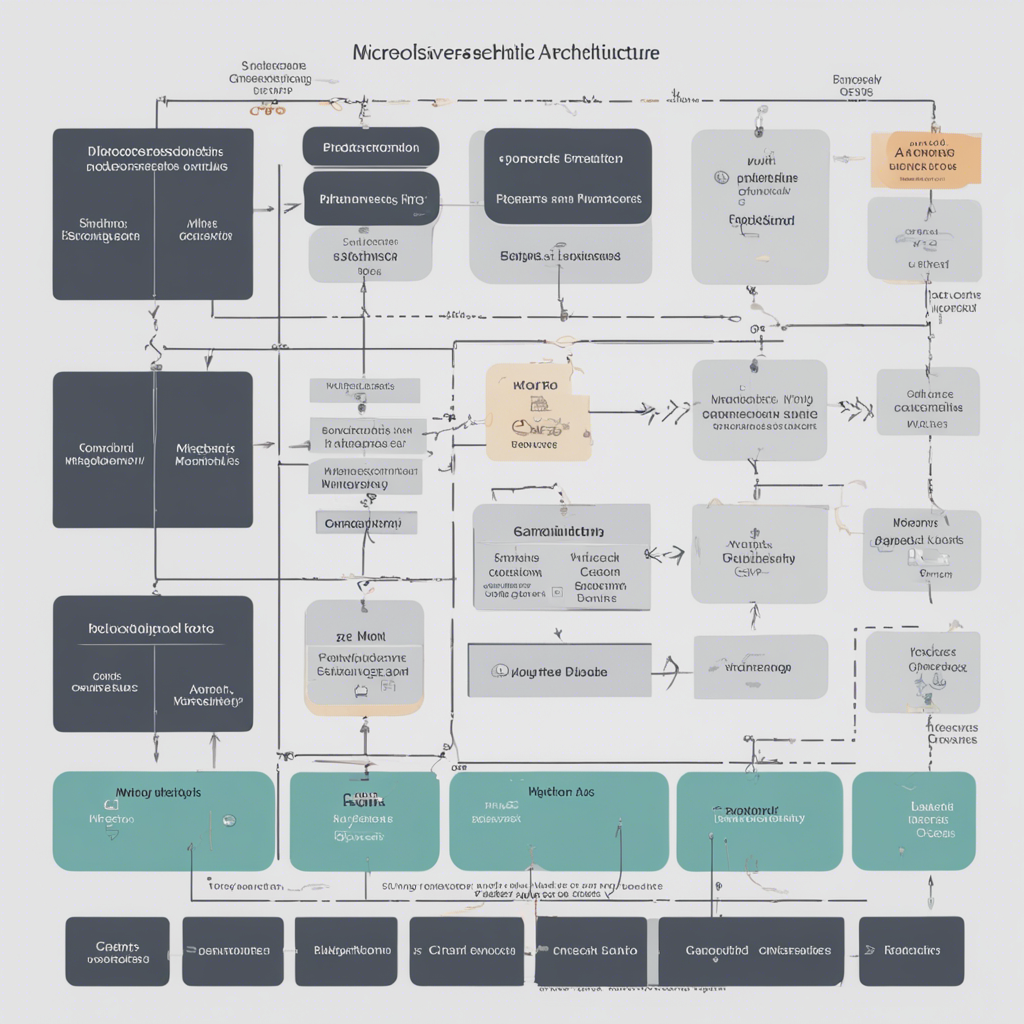
Web Assembly and the Future of Web App Performance
In recent years, the growth of web applications has skyrocketed. From simple websites to complex cloud-based platforms, web apps have become an integral part of our everyday lives. However, as these applications become more sophisticated and resource-heavy, performance issues start to arise. This is where Web Assembly, or wasm, comes into play. In this blog post, we will explore what Web Assembly is, how it works, and the potential impact it can have on the performance of web applications.
What is Web Assembly?
Web Assembly is a binary instruction format that is designed to be executed by modern web browsers. It was first announced by a group of major browser vendors, including Mozilla, Google, Microsoft, and Apple, in 2015. Web Assembly aims to bring high-performance computing capabilities to web applications by providing a low-level binary format that can be executed at near-native speeds.
Unlike traditional web technologies such as JavaScript, which is a high-level, interpreted language, Web Assembly is a compiled language. This means that instead of being interpreted by the browser, the Web Assembly code is compiled ahead of time into a binary format that can be directly executed by the browser’s virtual machine.
How does Web Assembly work?
At its core, Web Assembly is a stack-based virtual machine. It operates on a stack-based model, where instructions are executed by pushing and popping values onto a stack. This approach allows for efficient computation and reduces the overhead associated with traditional interpreted languages.
Web Assembly supports multiple programming languages, including C, C++, and Rust, which can be compiled into Web Assembly bytecode. Once compiled, the generated wasm code can be executed in a browser environment using a Web Assembly virtual machine.
To execute Web Assembly code, the browser downloads the Web Assembly binary along with the necessary JavaScript code. The JavaScript code acts as a bridge between the Web Assembly code and the browser’s APIs, allowing the Web Assembly code to interact with the DOM, make network requests, and perform other tasks.
Advantages of Web Assembly
-
Performance: One of the primary advantages of Web Assembly is its ability to significantly improve the performance of web applications. By leveraging low-level optimizations, Web Assembly can execute computations at near-native speeds. This makes it a viable option for computationally intensive tasks such as image processing, gaming, and scientific simulations.
-
Language-agnostic: Web Assembly is not restricted to a specific programming language. Developers can write their applications in languages they are already familiar with, such as C or C++, and compile them to Web Assembly. This allows for code reuse and enables developers to bring existing libraries and frameworks to the web platform.
-
Code size: Web Assembly bytecode is typically smaller than the equivalent JavaScript code. This results in faster download times and improved overall performance, especially in areas with limited network connectivity.
-
Security: Web Assembly code is executed in a sandboxed environment, separate from the rest of the browser’s processes. This provides an additional layer of security, as potentially malicious code is isolated and cannot directly access or modify the user’s system.
The Future of Web App Performance
Web Assembly has the potential to revolutionize web application development and performance. By leveraging the advantages of Web Assembly, developers can build faster, more efficient web applications that rival native desktop applications in terms of performance and user experience.
The adoption of Web Assembly is gaining momentum, and major frontend frameworks such as React and Vue have already started to explore integrating Web Assembly into their ecosystems. This opens up exciting possibilities for developers to build complex applications that were previously limited by the performance constraints of JavaScript.
With the growing momentum of Web Assembly and its support from major browser vendors, we can expect to see continued advancements in web app performance. As developers further explore the capabilities of Web Assembly and create tools and frameworks that simplify its usage, the web platform will continue to evolve and deliver more powerful and performant applications.
In conclusion, Web Assembly represents a significant leap forward in web app performance. Its ability to perform computations at near-native speeds, language-agnostic nature, smaller code size, and improved security make it an attractive option for developers looking to build high-performance web applications. As Web Assembly continues to evolve and gain wider adoption, we can anticipate a future where web apps deliver unparalleled performance and user experiences.
References:
- Mozilla Developer Network: https://developer.mozilla.org/en-US/docs/WebAssembly
- WebAssembly Official Website: https://webassembly.org/
- Google Developers Blog: https://developers.googleblog.com/2017/03/bringing-mixed-reality-web-with-webvr.html






